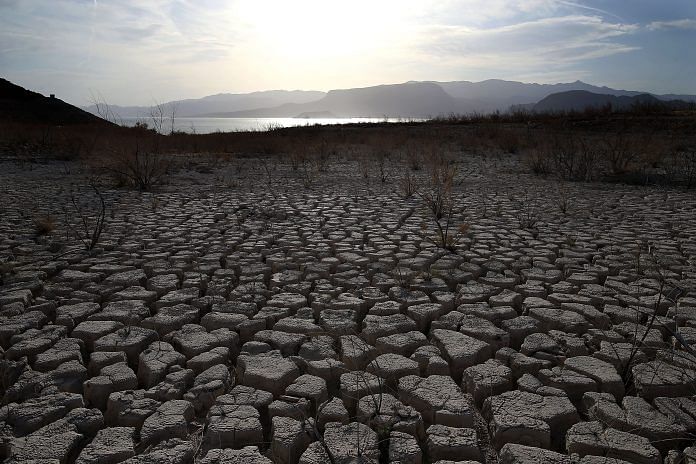In India, the El Niño has been known to cause or exacerbate drought as well as affect seasonal monsoon. Its impact this year, if it develops, remains to be seen.
Bengaluru: The National Oceanic and Atmospheric Administration (NOAA), the US weather agency, issued an alert for El Niño last week. The conditions are right for El Niño’s development over the next six months, the agency said.
El Niño, the warm oceanic current that develops in the Pacific Ocean, changes the patterns of heatwaves, floods, droughts, storms, and more each time it occurs. Despite it being a natural occurrence, it also raises global temperatures, contributing temporarily but intensely to cycles of full global warming.
In India, the effects of El Niño vary. It has been known to cause or exacerbate drought, as well as affect seasonal monsoon. It remains to be seen what kind of effect this year’s El Niño will have on our monsoon.
When warm air rises up in Indian summers, moisture-laden cool air from the ocean blow in, causing the monsoon. But during El Niño, to supply the wind flow towards the Pacific, all the cool air over the Indian subcontinent can sucked outward, leaving the country with parched, dry air and a disrupted monsoon.
In 1997, 2002, 2004, 2009, and 2014, the strong El Niño in the Pacific caused widespread drought and water shortage in India.
How El Niño occurs
Every year, off the coast of South America, in the vast, empty Pacific Ocean, the easterlies or trade winds that blow from east towards Australia and Asia cause a temperature gradient in the ocean. The consistent, long-term winds blow the warm water on the ocean’s surface towards Australia.
The cold, nutrient-rich water from the sea floor rises up to fill its place near South America, in a process called “upwelling”. This cool water helps support the marine life and fishing industry in South America.
The warm water warms the air around it near Australia, which rises up and creates storms and precipitation. So the eastern coasts of Asia and Australia see a lot of rain, which brings major relief to heat at the time. As warm air rises up, cool air moves back down near South America again, flowing back as the trade winds.
This cycle is self-perpetuating until a small chain of disturbances cause the winds to lose their power. When the upwelling reduces, the ocean circulation comes down, causing the warm waters off the coast of Australia and Asia to spread towards South America, evening out the oceanic temperature to a great extent. The center of all this warmth now moves to the middle of the ocean, causing warm air to rise there and then precipitate as storms or rains at the coasts of both South America and Australia/Asia.
This change causes a drastic shift in weather patterns across the world, leading to excessive flooding in the coastal regions of South America, as well as Indonesia and Australia.
Indian Ocean Dipole
But there is also an ocean current called the Indian Ocean Dipole (IOD): Warm and cool currents that change the temperatures of water in the Indian Ocean.
If a warm El Niño causes warming on the subcontinent and the IOD is “positive” with warm air near Africa and cool air near Indonesia, humid air blows in from the Indian Ocean, balancing out El Niño’s effects. If the IOD is negative, it worsens the dry conditions caused by El Niño.
So far, there have been no warnings of either positive or negative IOD this year.






